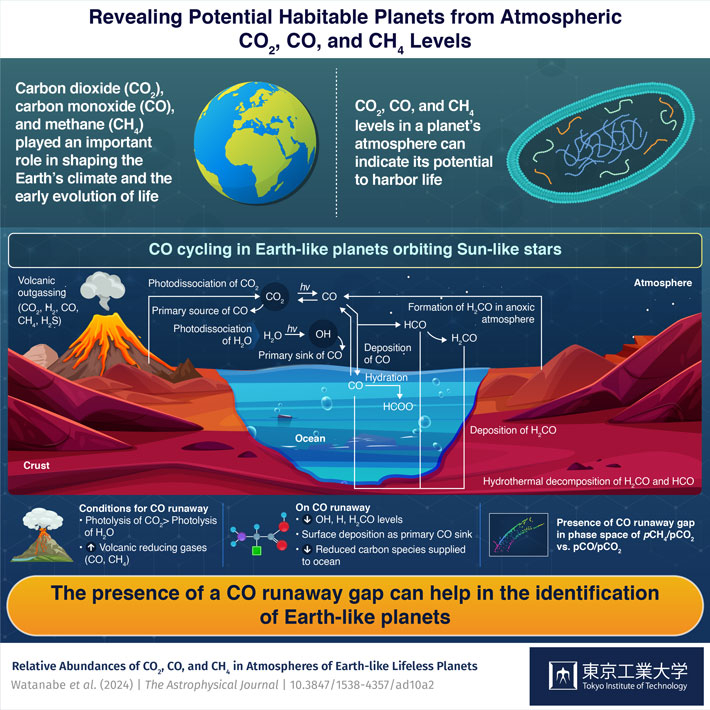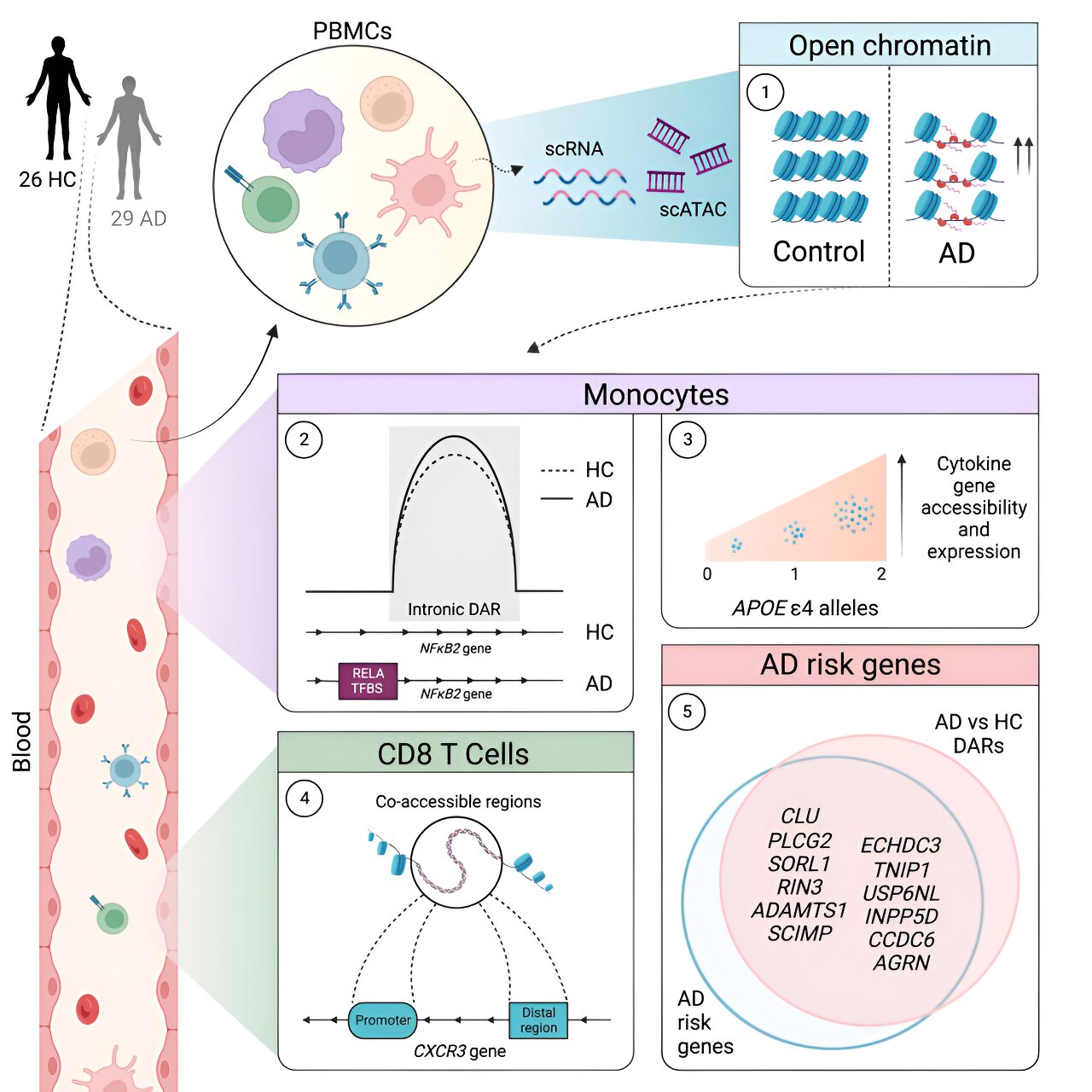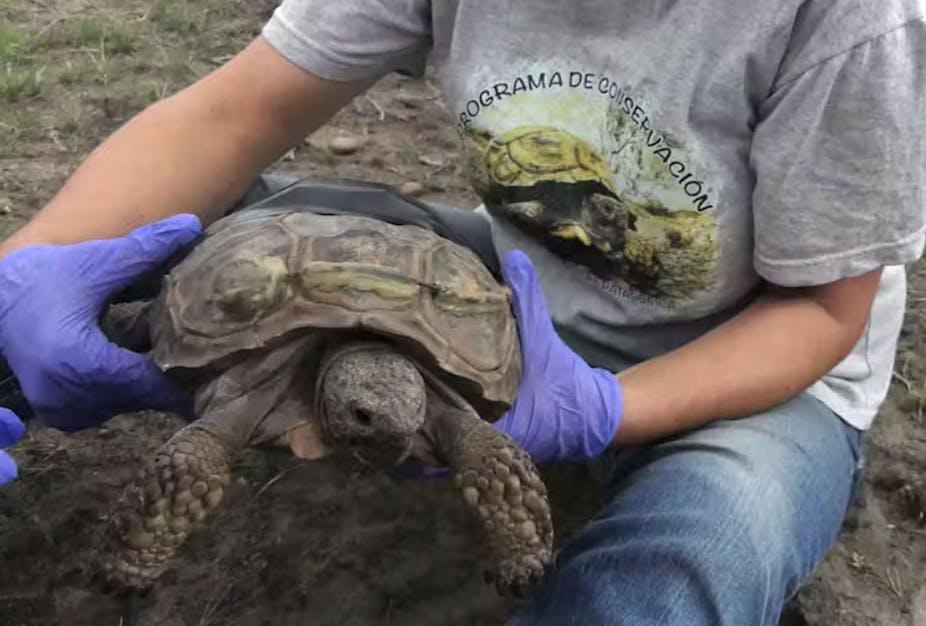
The search for habitable exoplanets involves looking for planets with similar conditions to the Earth, such as liquid water, a suitable temperature range and atmospheric conditions. One crucial factor is the planet’s position in the habitable zone, the region around a star where liquid water could potentially exist on the planet’s surface. NASA’s Kepler telescope, launched in 2009, revealed that 20–50% of visible stars may host such habitable Earth-sized rocky planets. However, the presence of liquid water alone does not guarantee a planet’s habitability. On Earth, carbon compounds such as carbon dioxide (CO2), methane (CH4), and carbon monoxide (CO) played a crucial role in shaping the climate and biogeochemistry and could have contributed to the emergence of life.
Taking this i...
Read More








Recent Comments